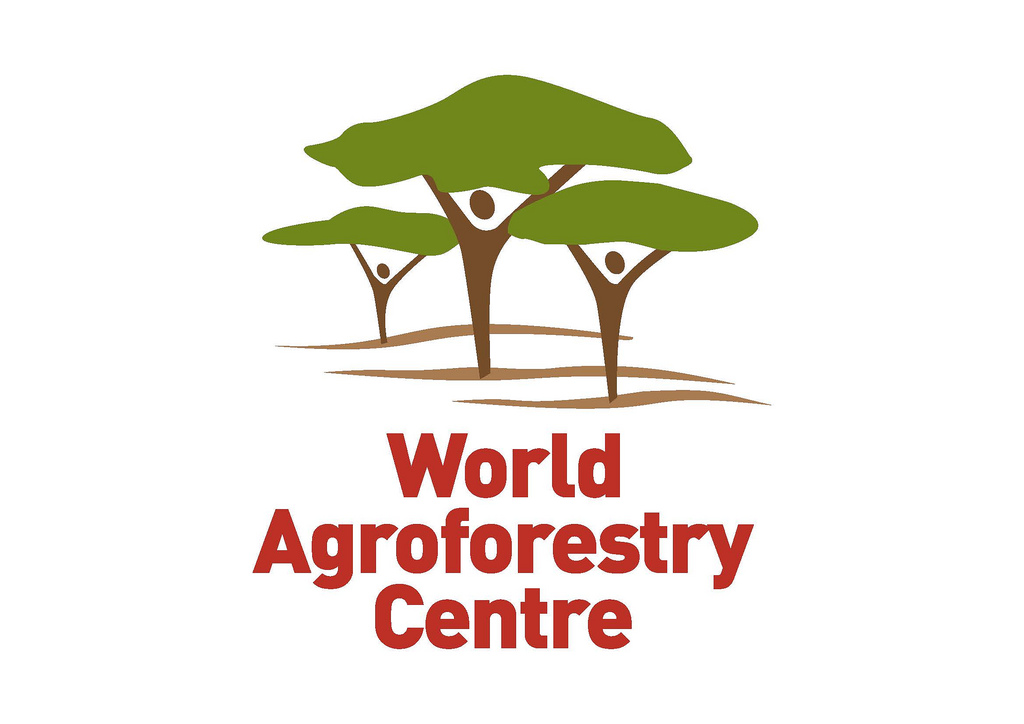Location
The World Agroforestry Centre (ICRAF) is a CGIAR Consortium Research Centre. ICRAF’s headquarters are in Nairobi, Kenya, with six regional offices located in Cameroon, China, India, Indonesia, Kenya and Peru.
The Centre’s vision is a rural transformation throughout the tropics as smallholder households increase their use of trees in agricultural landscapes to improve their food security, nutrition security, income, health, shelter, social cohesion, energy resources and environmental sustainability.
ICRAF's mission is to generate science-based knowledge about the diverse benefits - both direct and indirect - of agroforestry, or trees in farming systems and landscapes, and to disseminate this knowledge to develop policy options and promote policies and practices that improve livelihoods and benefit the environment.
The World Agroforestry Centre is guided by the broad development challenges pursued by the CGIAR. These include poverty alleviation that entails enhanced food security and health, improved productivity with lower environmental and social costs, and resilience in the face of climate change and other external shocks.
ICRAF's work also addresses many of the issues being tackled by the Sustainable Development Goals (SDGs) that aim to eradicate hunger, reduce poverty, provide affordable and clean energy, protect life on land and combat climate change.
Members:
Resources
Displaying 16 - 20 of 146Effects of in-situ rainwater harvesting techniques on run-off, soil loss, soil moisture status and maize performance in semi-arid of central Tanzania
Systems science at the scale of impact: Reconciling bottom up participation with the production of widely applicable research outputs
Suitability of key Central American agroforestry species under future climates: an Atlas.
This atlas provides habitat suitability maps for 54 species that are widely used in Central America for shade in coffee or cocoa agroforestry systems. The 54 species represent 24 fruit species, 24 timber species and 6 species used for soil fertility improvement. Suitability maps correspond to the baseline climate (1960-1990) and 2050 climates predicted for Representative Concentration Pathways (RCP) 4.5 and 8.5. Habitat was classified as suitable in future climates if a minimum of 12 out of 17 downscaled Global Circulation Models predicted suitable climates.


